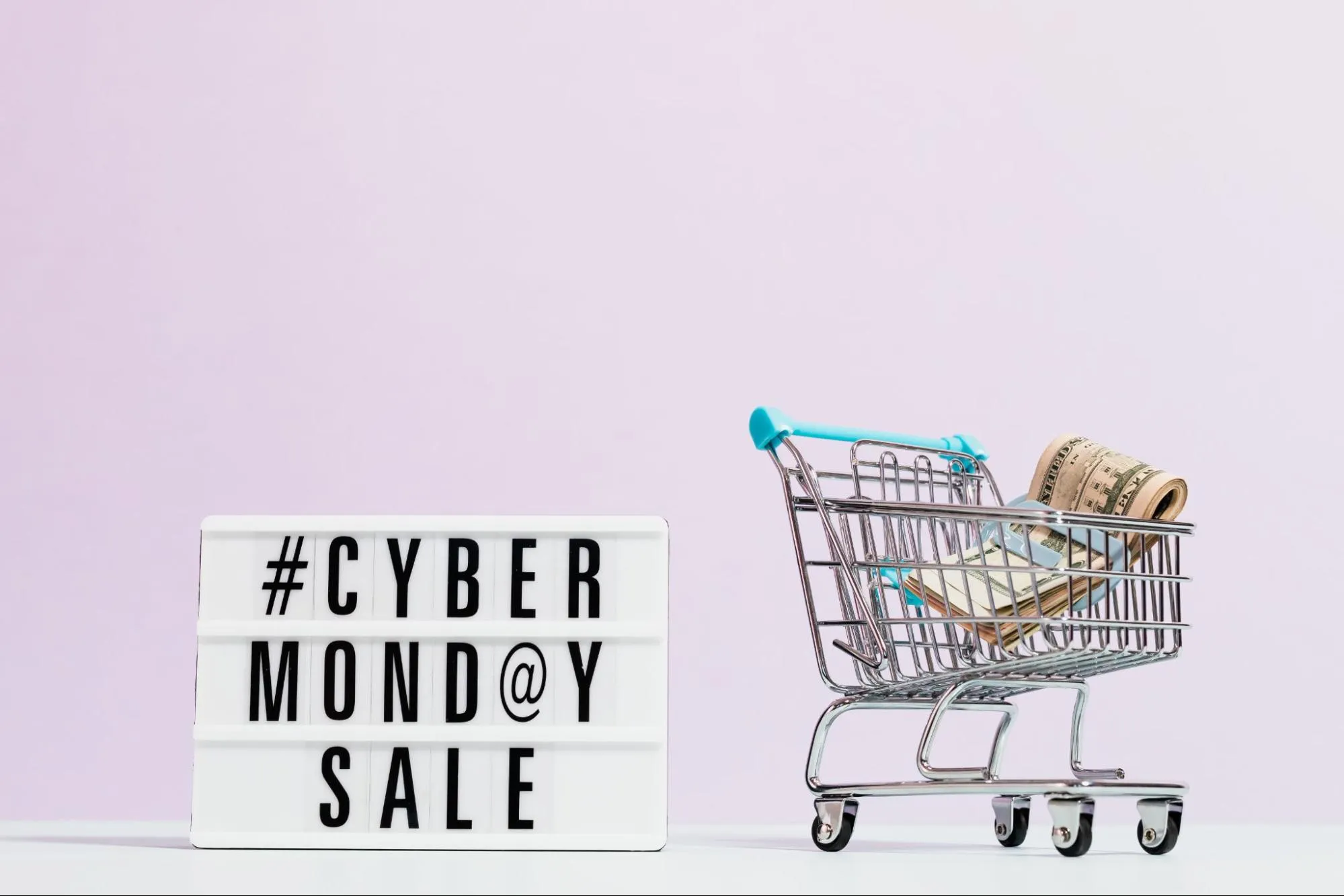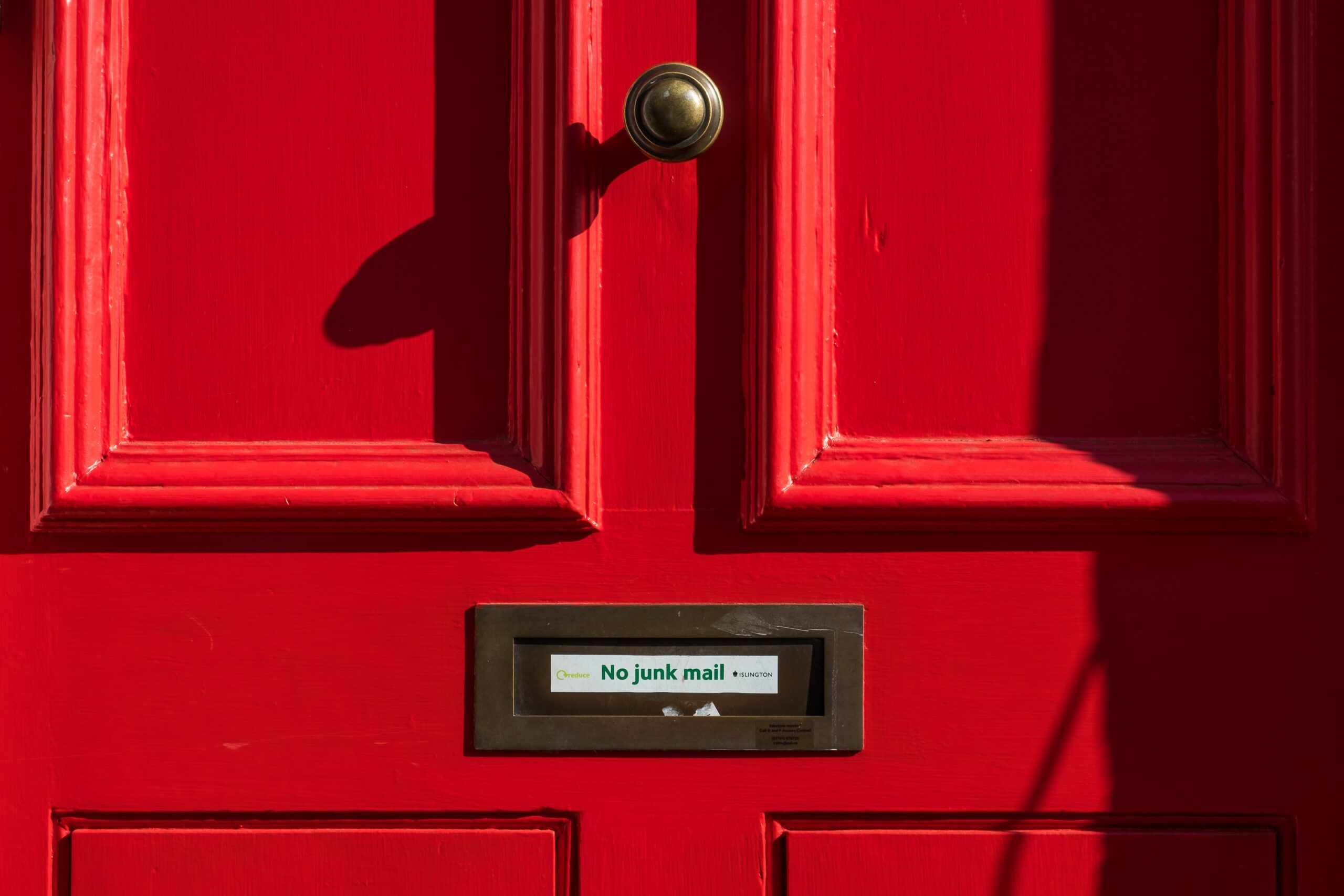10 Dos and Don’ts When Sending a Mass Email
To help you master the art of mass email campaigns, we’ve gathered ten invaluable tips from top industry professionals, including Email Marketers and Marketing Managers. From taking a comprehensive approach to email campaigns to optimizing for mobile and limiting media content, discover the dos and don’ts of mass email marketing from those in the know.
- Take a Comprehensive Approach to Email Campaigns
- Check Links Before Sending
- Enhance Engagement with Exclusion Lists
- Avoid False Personalization in Emails
- Prioritize Targeted Email Campaigns
- Obtain Consent
- Implement Segmentation and Clear CTAs
- Monitor KPIs, Avoid Complex Emails
- Personalize Based on Behavior and Test Emails
- Optimize for Mobile, Limit Media Content
Take a Comprehensive Approach to Email Campaigns
Ensure that you are emailing contacts who have given their consent. Personalize the email as much as you can because no one, including me, likes generic, template-like emails.
Conduct proper testing before sending any campaigns. This includes testing the links, spelling, images, subject line, and contact list, among other elements. Always include the unsubscribe/opt-out option in your email.
As for a “don’t,” avoid emailing a large list all at once, as it may increase bounce rates. Instead, segment the audience into multiple lists or use the email marketing tool’s option to split and send. Refrain from spamming users by sending too many emails, as it might affect your domain’s reputation.
Don’t only optimize the email for desktop; always check responsiveness before sending out an email. If the domain is new, don’t start campaigns before fully setting up the domain. This includes domain verification and domain warm-up.
Sreejith Sreekumar
Email Marketer, Changing Tree
Check Links Before Sending
Always—and I really mean always—check if all the links in the email are functioning as they should. I’ve learned this the hard way, with some of my biggest mistakes stemming from unchecked or broken links. Nothing diminishes the impact of a well-drafted email more than a link leading nowhere or, worse, somewhere unintended.
So, before you hit send, take a few moments to double-check those links. I usually send myself a test email and open each link in incognito mode to double-check.
 Madhav Bhandari
Madhav Bhandari
Head of Marketing, Early Stage Marketing
Enhance Engagement with Exclusion Lists
A consistent practice that I keep at the forefront of all my marketing email campaigns is utilizing exclusion lists. Exclusion lists can be composed of contacts who have recently opened an email, emails that have bounced, etc. By implementing exclusion lists in all email sends, this enhances email engagement and metrics, while also not bombarding your database with too many emails.
 Jon Wilson
Jon Wilson
Marketing Manager, RumbleOn
Avoid False Personalization in Emails
One key “don’t” for sending a mass email campaign—and this bugs me so much, let alone how the recipient must feel when receiving the email—is to avoid being overly enthusiastic and attempting to create a false sense of personalization. Trying too hard to make a mass email seem like a one-on-one conversation can come across as inauthentic and cringe-worthy to recipients. I shiver just thinking about these types of emails!
It’s important to be transparent about the fact that it’s a mass email while still crafting it in a way that feels relevant and valuable to the entire audience. Authenticity in your messaging is crucial for building trust and engagement with your subscribers.
 Tim Woda
Tim Woda
Founder, White Peak
Prioritize Targeted Email Campaigns
One major “don’t” for sending mass email campaigns is not having targeted campaigns. As a digital marketing agency, when taking over new clients’ email marketing campaigns, we have observed many of the pitfalls inexperienced marketers can fall into.
Many inexperienced marketers prioritize numbers over engagement. In pursuit of a larger reach, they often overlook the importance of precise targeting, a potentially detrimental practice. Such an approach can lead to dire consequences, including email domain blacklisting, as users will mark your emails as spam, elevated bounce rates, and a damaging blow to your company’s reputation. In the long term, ineffectively targeted emails often end up in recipients’ spam folders, reducing your visibility and trustworthiness.
Email marketing campaigns, like any marketing campaign, should be properly targeted to ensure your content is reaching the right people. This, in turn, amplifies engagement and elevates the effectiveness of your campaigns.
 Jordan Bridge
Jordan Bridge
Digital Marketing Executive and Cyber Security Officer, Growthlabs
Obtain Consent
Email marketing is a robust and cost-effective strategy for businesses to communicate with their audience. But to do so successfully, you must consider these crucial do’s and don’ts.
One of the fundamental principles of email marketing is the segmentation of your email list. Avoid sending mass emails to your entire database without considering the diverse interests and preferences of your subscribers.
Never send emails to individuals who haven’t opted in or provided explicit consent to receive messages from you. This not only damages your brand’s reputation, but it can also have legal implications.
 Swapnil Kumar
Swapnil Kumar
Growth and Marketing Manager, Smartlead
Implement Segmentation and Clear CTAs
Implement segmentation in your email campaigns to ensure that the content applies to the different segments of your audience. This will likely enhance engagement and conversion rates.
Never neglect to include a clear and compelling call to action (CTA) in your emails. A CTA guides recipients on the next steps, whether it’s making a purchase, signing up for a webinar, or another desired action, thereby increasing the chances of achieving the campaign’s objectives.
 Chris Stott
Chris Stott
Director, Seven Marketing
Monitor KPIs, Avoid Complex Emails
To run a successful mass email campaign, monitor key insights and metrics. Track and analyze crucial KPIs like opens, conversions, and click-through rates. These insights help you make critical decisions about what you can improve and what to do next.
But don’t add complex code or video in the email body. Emails work best when they’re simple. Avoid complex code or videos directly in emails; they might not work well for everyone. Instead, keep it clean. If there’s a great video, show a picture and link to it. Simple emails get more clicks and keep inboxes happy.
 Ajay Prasad
Ajay Prasad
Founder and President, GMR Web Team
Personalize Based on Behavior and Test Emails
In my experience with mass-email campaigns, it’s crucial to segment and personalize emails based on the recipient’s preferences and behavior. This ensures that the content is relevant and also helps to increase engagement.
Before hitting the send button, I always make it a point to test the email for any errors, broken links, or formatting issues. The subject line needs to be compelling to boost open rates. Besides that, it’s essential never to send out mass emails without an easy-to-find unsubscribe option. Not only is this a best practice, but it’s also legally mandated in many places. Of course, do not overwhelm recipients with too many emails, which can lead to annoyance and increased unsubscribe rates.
 Oksana Sydorchuk
Oksana Sydorchuk
Marketing Manager, Right People Group
Optimize for Mobile, Limit Media Content
Optimize emails for mobile devices because many people regularly check their mobile inboxes. Keep the subject line short (three to five words). Plus, ensure the email is concise and easily readable on small screens.
Make sure to avoid overwhelming your audience with images and media content. They can increase the chances of hitting the spam box. It’s better to stick to classical text mail for sending mass emails.
 Shivbhadrasinh Gohil
Shivbhadrasinh Gohil
CMO and Co-Founder, Meetanshi
Submit Your Answer
Would you like to submit an alternate answer to the question, “Marketers, what is one Do and/or Don’t for sending a mass email campaign?”




















































